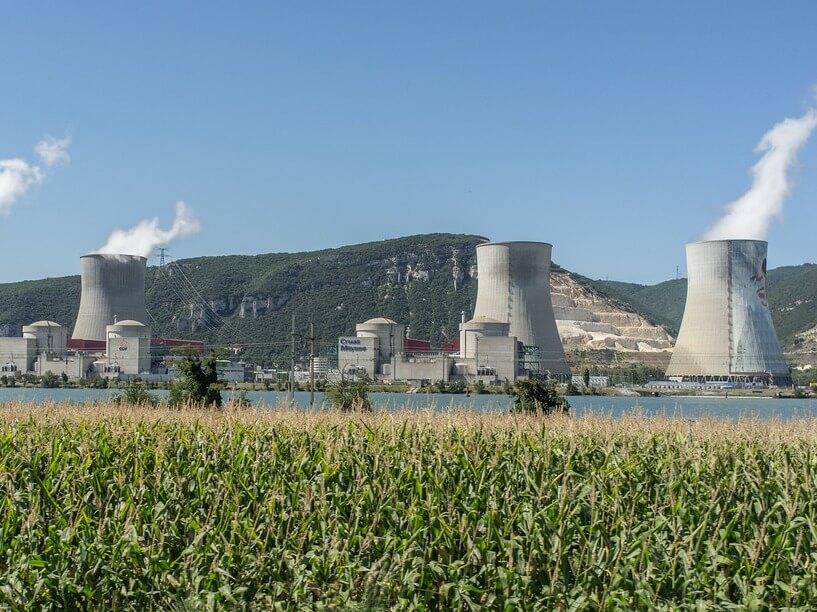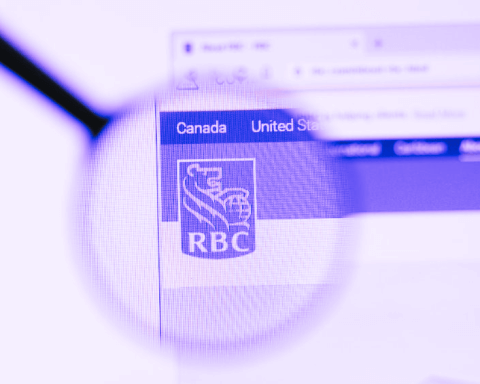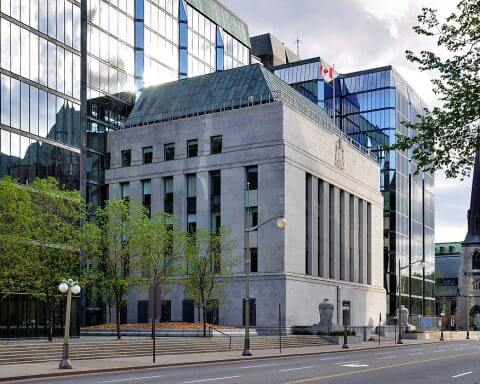When I led Canada’s Social Investment Organization (SIO) in the early 2000s, one of our most important debates concerned the question of whether the organization should develop an industry-wide label for socially responsible investment, as sustainable investing was called back then.
I’m reminded of this debate amid the current turmoil over a green investment label in Europe, a situation caused largely by the unwillingness of the sustainable investment sector to create its own industry standard.
Back then, some members of the SIO, the precursor to today’s Responsible Investment Association (RIA), felt the lack of a sustainability label placed the industry at risk of greenwashing.
Yet, when we put the question to our advisor and money manager members, a strong message came back: don’t touch it.
Some said a single label would lock in a niche standard, discouraging adoption by mainstream finance. Others argued a label could pose a governance conflict, making SIO both a promoter of social and environmental investing and a de facto industry regulator. And still others, including some labelling proponents, feared a weak label would perversely encourage greenwashing by giving investors a false sense of assurance.
Informed by this debate, the SIO adopted a “big tent” strategy, welcoming a wide variety of environmental, social and governance (ESG) strategies and membership from players across the investment industry. The RIA continues to follow this playbook in Canada, as do sustainable investment networks in other countries and regions.
The European Commission has allowed European governments to drag this Taxonomy Act into the gutter – and this fiasco is going to create a huge mess in financial markets.
-Sebastien Godinot, economist for the World Wildlife Fund
This hands-off approach to labelling has achieved its intended effect of spreading the practice of responsible investing, with more than $35 trillion worldwide invested under ESG strategies, up from about $14 trillion in 2012, when these figures were first gathered. But it has also led to a proliferation of ESG rating and investment methodologies, many that focus more on the risk to revenues or stock prices posed by social and environmental controversies than real human or planetary impacts of business practices.
All of this brings me to the current crisis surrounding the European Union’s ambitious initiative to establish a green label for social and environmental investing. The fear 20 years ago that a green investment label could itself enable greenwashing is now playing out two decades later in Europe.
In 2019, European policy-makers launched a project under the obscure and uninspiring title of EU Taxonomy to combat real and perceived greenwashing in the sustainable investment industry fuelled by the lack of an industry-wide standard.
The taxonomy establishes firm technical standards to determine which economic activities can be considered sustainable under six environmental objectives: climate change mitigation and adaptation, use of water resources, transition to a circular economy, pollution prevention, and ecosystem protection.
As an example, the taxonomy recognizes that the steel industry is generally not low carbon but that it can contribute to climate change mitigation by drastically lowering its CO2 emissions, while doing no significant harm to other environmental objectives and respecting human rights and labour standards. This incentivizes the industry to switch to net-zero technologies like electric arc furnaces and green hydrogen steel-making.
By identifying these promising activities, the EU aims to unlock billions of euros in a “green list” of climate-friendly investments to help finance its target to lower CO2 emissions by 55% by 2030 (compared to 1990 levels) and to net-zero by 2050.
Until very recently, the initiative has been considered a success. The financial and environmental communities widely supported draft proposals to exclude coal projects and endorse renewable energy.
If we lose the trust of the investors by selling something as a green project, which turns out to be the opposite, then we cut the feet on which we are standing.
-Werner Hoyer, president of the European Investment Bank
But opposition formed late last year when EU bureaucrats proposed concessions to include some natural gas and nuclear projects in a new “transition activities” category. France, eager to expand its atomic energy industry, pressed for the nuclear concessions. Poland, Hungary and the Czech Republic, faced with politically contentious fast-rising electricity prices, pushed for gas concessions to finance new gas-fired power plants. Both industries lobbied heavily for the changes.
The concessions were included in a final set of proposals on February 2 for adoption by the European Parliament, prompting swift reaction.
“The European Commission has allowed European governments to drag this Taxonomy Act into the gutter – and this fiasco is going to create a huge mess in financial markets,” World Wildlife Fund economist Sebastien Godinot said in a statement.
The president of the €550-billion European Investment Bank (EIB), the largest infrastructure bank in Europe, also expressed big disappointment in the new proposals, saying the EIB has no plans to invest in gas or nuclear.
“If we lose the trust of the investors by selling something as a green project, which turns out to be the opposite, then we cut the feet on which we are standing,” said EIB president Werner Hoyer in late January.
The European Parliament could still vote to reject the concessions within the next six months, in which case EU bureaucrats could bring it back without the gas and nuclear concessions. There could also be an alternative framework such as an “amber” category for greenhouse-gas-reduction investments that aren’t necessarily net-zero aligned. Green Party members of the European Parliament are mobilizing a “no” vote among their own members and those of other parties.
But even if changes are made, the taxonomy has been dealt a heavy blow. The project appears to have lost the trust of important stakeholders since it has shown it can be manipulated by political and business agendas. The Institutional Investors Group on Climate Change (IIGCC), whose members manage €50 trillion in assets, hinted it will switch its focus to its own voluntary net-zero investment framework.
The IIGCC framework is similar to the Paris Aligned Investment Initiative model, in which holdings and portfolios are managed under climate metrics and methodologies in accordance with a global temperature increase of no more than 1.5°C.
The model is generating a lot of excitement in the sustainable finance community, especially given the recent carbon-neutrality pledges by members of the Glasgow Financial Alliance for Net Zero, a network of companies managing $130 trillion in assets.
Although flawed, the EU Taxonomy still has great value as a tool for educating investors and businesses on which economic activities contribute to environmental objectives.
But the Paris Aligned model, shielded from political and business interference by its scientific basis, is emerging as a more reliable investor assurance model for financing a net-zero future.
Eugene Ellmen was executive director of the Social Investment Organization between 1999 and 2012. He now writes on sustainable business and finance and lives in Hamilton.







